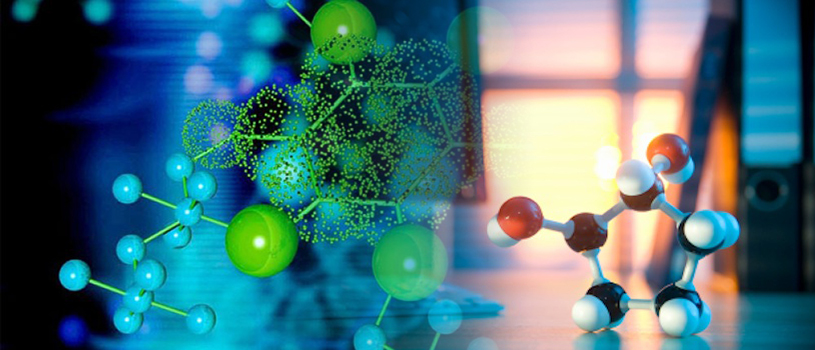
Researchers are said to be "stunned"by the success of a recent clinical trial of a new stem cell treatment for stroke patients. By injecting the cells int

The simulator is designed to model and mimic complex physics phenomena in a way that is impossible with conventional machines, even supercomputers.

High efficiency ultra-thin planar lens could replace heavy, bulky lenses in smart phones, cameras and telescopes.

A research team has succeeded in creating mice in the laboratory with hyper-long telomeres and with reduced molecular ageing, avoiding the use of genetic manipulation.

Science gets smarter. Now scientists have also discovered a way to edit RNA.

Scientists have created a system that uses solar energy to split water molecules and hydrogen-eating bacteria to produce liquid fuels. The system can convert solar energy to biomass with 10 percent efficiency, far above the 1 percent seen in the fastest-growing plants.

Chances are you're familiar with the Schroedinger's cat paradox, whereby a hypothetical cat inside a box is both dead and alive. Now physicists at Yale University have figured out how to make a quantum cat that both lives and dies in two boxes at once.

In the minuscule world of nanotechnology, big steps are rare. But a recent development has the potential to massively improve our lives: an engine measuring 200 billionths of a metre, which could power tiny robots to fight diseases in living cells.

Borides are among the hardest and most heat-resistant substances on the planet, but their Achilles' Heel, like so many materials', is that they oxidize at high temperatures. Drexel materials scientists fabricate first highly oxidation-resistant boride.

Scientists have developed a new material, called 'rewritable magnetic charge ice,' that permits an unprecedented degree of control over local magnetic fields and could pave the way for new computing technologies.

Scientists call it the 'ghost particle'. Meet the neutrino, which scientists hope will help them answer dozens of critical questions about the Universe.

A new electronic material is flexible and can heal all its functions automatically - even after researchers bend it, stretch it, and snip it in half.

Scientists in Ireland discovered a new form of light that will radically change our understanding of how light functions.

When it comes to hurricanes, environmental engineer Ana Barros says there are two sides to the story.

Cast your mind back to high school chemistry and you might remember the van der Waals force: The weak bond between molecules, caused by the way their electrons shift at the atomic level. Now, for the first time, those tiny forces have been measured between two atoms.